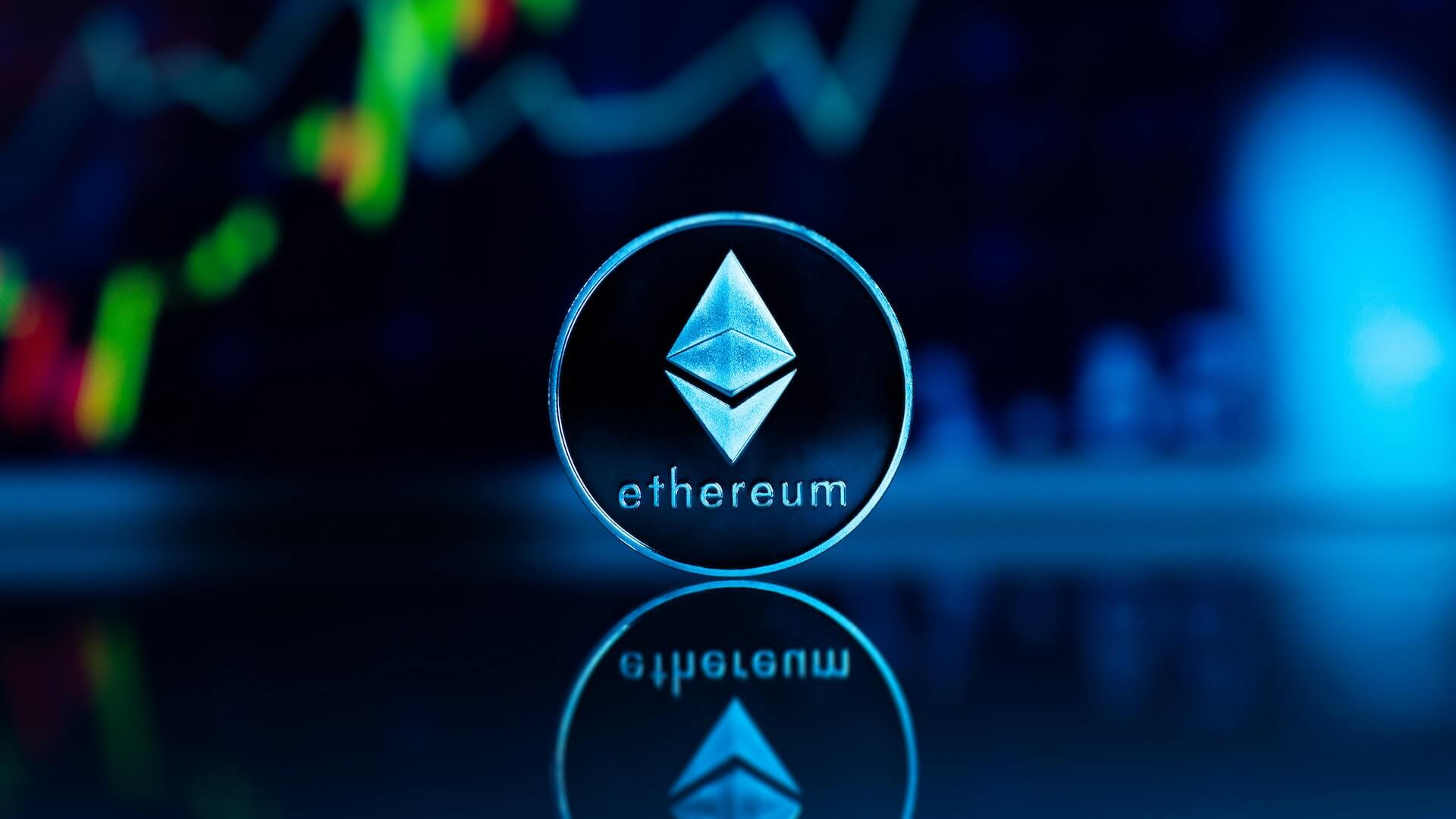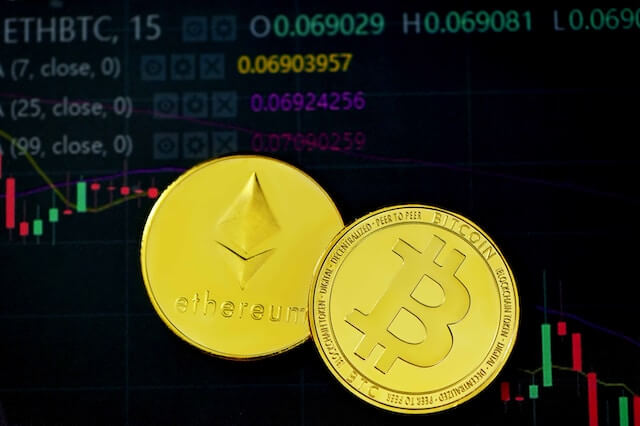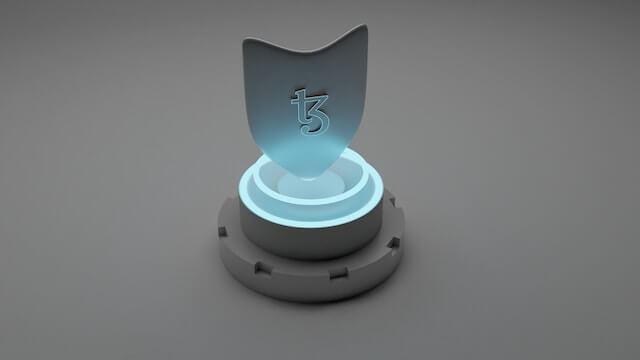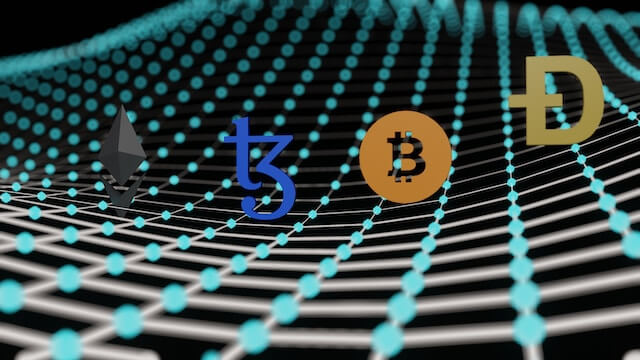
Ether is the most widely used public chain in the world nowadays, and most of the well-known decentralized projects, such as DeFi, NFT, DAO, etc., are operated on Ether, but because of the hot operation of each project, the problems of Ether have gradually surfaced and affected the applications, for example, poor scalability of DApp, which has been criticized by people:
Poor scalability on Ether, for example, the scalability of DApp is criticized. The transaction processing speed is too slow with only 15 transactions per second, and the transaction fees (GAS fees for miners) are too high. If you've ever initiated a transaction on the main EtherNet, the first thing you'll notice is that it's expensive and slow.
This is because any transaction on Layer 1 of the main network needs to be calculated and verified by all nodes on EtherNet, which is like driving a car from point A to point B, but in the process, you need to pass through toll booths one after another, and the overall speed of the car will of course be slowed down.
In order to prevent the influence of malicious contracts, Ether has set up a Gas Fee mechanism, which limits the Gas Limit of a single block and the amount of Gas consumed by each computation step. the Gas Fee is the fee that users need to pay to participate in on-chain operations, which incentivizes the miners to process the transactions and maintain the network, and the miner who mines the block will get the total Gas Fee of the transactions in the block.

However, with the sharp rise in the volume of Ether transactions, the network became extremely congested, and the price of ETH to pay the Gas fee rose, resulting in the need to pay dozens or even hundreds of dollars for an ordinary transaction. In order to solve the problem of expensive and slow, how to expand capacity has also been one of the problems that the Ether blockchain clearly needs to solve.
The current expansion methods are divided into off-chain expansion and on-chain expansion, of which off-chain expansion is also known as Layer 2 expansion, the essence of which is to move the calculations that should be processed on the chain to the off-chain, and then transfer the results to the chain for preservation after the calculations are completed, so as to improve the performance of the entire chain.
That is to say, by putting the specific calculations on Layer 2, and then regularly transmitting the information back to Layer 1, and at the same time verifying and preserving them, it greatly reduces the Gas cost of the transaction directly on Layer 1.
Compared to on-chain slice-based scaling, off-chain Layer 2 is currently considered the best solution for EtherChannel to solve throughput congestion, and it does not change the blockchain protocol itself.

There are currently 5 broadest solutions:
1) Channels (stateful channels)
2) Sidechain
3) Plasma
4) Optimistic Rollup
5) ZK Rollup
Rollup Solution PK
Among the above five solutions, the most popular are Sidechain and Rollup.
First of all, Sidechain sidechain can process transactions through a completely independent consensus mechanism, and its data and status are not synchronized with Ether, so it can be said that all major exchange public chains, such as BSC, HECO and so on, are sidechains of Ether. Although the users on these public chains are very active, the biggest risk is the security of the side chain itself, and once there is a failure on the side chain, the assets will be easily lost.
Rollup, as the name suggests, is to roll up many messages. It aggregates the transaction messages on the side chain, compresses and packages them, and then transmits them to Ether for final confirmation, and only Ether can finally confirm the truth. It simply moves the tedious calculations off-chain, freeing up more space on-chain and allowing assets to be raised even if the off-chain data is corrupted.

The Rollup mechanism is currently considered to be the most promising way to expand capacity, while the state channel and Plasma schemes have been rejected by the V gods. In the two mainstream Rollup schemes, the core problem is how to verify the authenticity of the transactions in the transaction compression package.
Optimistic Rollup and ZK Rollup utilize different thinking logics, with the former optimistically believing in the authenticity of transactions and the latter pessimistically not believing in them, and therefore generating zero-knowledge proofs to self-certify their innocence.
Among these solutions, the ultimate winner that can capture the majority of the market is yet to be determined, but message security and sufficient decentralization are the core expansion requirements.
V God himself also recently said, "At present, Rollup does not have a big challenge, but there are many small challenges, and we need to solve these 100 small problems in order to improve the overall performance and user experience."
ZK has also analyzed that the Layer 2 solution compatible with EVM (Ethereum Virtual Mahcine), which is the first to go online, will have a greater first-mover advantage, and will increase the transaction rate while lowering the handling fee, which may also usher in a reshuffle in the DeFi market.
